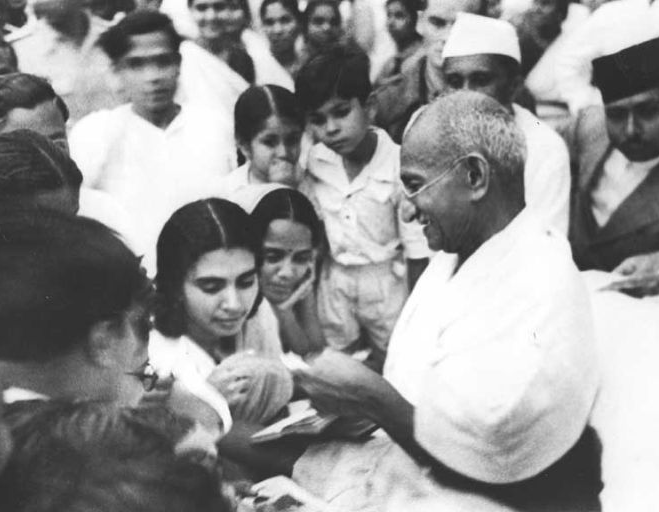Context:
The year 2024 commemorated the 100th anniversary of the Vaikom Satyagraha.
Vaikom Satyagraha:
- Vaikom Satyagraha, initiated a century ago, was a pivotal non-violent movement against untouchability and caste discrimination.
- Back then, the people of the oppressed classes especially the Ezhavas, were prohibited from walking on the four roads surrounding the Vaikom Mahadeva temple.
- Organized by Congress leader T.K. Madhavan, who himself was an Ezhava, an agitation was launched against this social injustice.
- It was Initiated in 1924, and lasted for 604 days, from March 30, 1924, to November 23, 1925.
- It aimed to secure the right of lower-caste people to use public roads near the Vaikom temple.
Leadership and Support:
- Madhavan, K.P. Kesava Menon who was the then secretary of Kerala Pradesh Congress Committee and Congress leader and educationist K. Kelappan (also known as Kerala Gandhi) are considered the pioneers of the Vaikom Satyagraha movement.
- Eminent leaders such as ‘Periyar’ E.V. Ramasamy and Mahatma Gandhi provided guidance and support to the movement.
- Periyar played a crucial role in mobilizing volunteers, delivering speeches, and garnering public support for the cause.
- Three young men from different castes led the procession, symbolizing unity and defiance against caste-based discrimination.
- Narayana Guru supported this movement and even participated by wearing Khadi clothes in solidarity
Role of Women:
- Women, including leaders’ family members like Nagammai and Kannammal, actively participated in the movement, empowering womenfolk in the fight against caste discrimination.
Sanchara resolution
It was a proposal introduced in the assembly during the Vaikom Satyagraha (1924-1925) in Kerala, India.
- Meaning: “Sanchara” translates to movement or passage in Malayalam.
Leadership
- A rally led by upper castes commenced on November 1 and reached Trivandrum on November 13, submitting a memorandum to the Queen regent.
- In February 1925, the Sanchara resolution faced a close vote in the Assembly, eventually being defeated by a single vote.
Outcome: This setback, however, didn’t stop the Vaikom Satyagraha movement, which continued through non-violent protests until it ultimately achieved its goal of allowing everyone to use the public roads near the temple.
Challenges and Resistance:
- Satyagrahis faced various challenges, including arrests, violence from upper-caste Hindus, and adverse weather conditions, yet they remained steadfast in their non-violent protest.
Mahatma Gandhi’s role:
- Mahatma Gandhi, during his visit to Kerala, engaged in discussions with the Queen of Travancore, social reformer Narayana Guru, traditionalists, and police commissioner W.H. Pitt.
- On November 17, 1925, the satyagrahis announced their decision to withdraw their protest.
- Subsequently, on November 23, the government of the Travancore princely state declared that people could enter three of the four streets around Vaikom temple, effectively bringing the protest to an end.
- A victory celebration was held on November 29, 1925, presided over by Periyar.
Legacy and Impact:
- The Temple Entry Proclamation of November 1936, which removed the ban on entry into temples for marginalized castes, was a direct outcome of the Vaikom Satyagraha.
- Maharaja Ayilyam Thirunal implemented numerous progressive measures, among which the most notable was the establishment of a contemporary education system, offering free primary education to all, including individuals from lower castes.
- The movement highlighted the plight of oppressed communities and paved the way for social reforms in Kerala and beyond.
Memorials:
- Memorials such as the Vaikom Satyagraha Memorial Museum and statues of Mahatma Gandhi and Periyar serve as reminders of the struggle and its historical significance.
- These memorials preserve the memory of the movement and its contribution to social justice and equality.
Conclusion: Vaikom Satyagraha remains a landmark event in India’s struggle against caste discrimination and a testament to the power of non-violent resistance in bringing about social change.

